This guest post was written by MS3 Student Tech Lead Kasey Jackson.
Still struggling to find a note-taking system that works for you in medical school? It’s important to develop a method that is functional for you and helps you retain information, and that you will actually use. If paper is your jam, keep it up! Like typing your notes? That works too! But maybe you’re interested in integrating your conventional note-taking methods with modern technology for better efficiency and additional tools? Here are a few tips and tricks for starting your digital note-taking journey with OneNote.
Set up a tiered organization system:
Notebooks | Sections | Pages
Download your lecture slides to take notes on
Link notes and external pages to tie topics together
This can be especially helpful when making a master page or study guide that you can refer back to. Information tends to come from all directions in medical school, so find ways to combine information or easily find the information you need.
Microsoft has a helpful page on how to link notebooks, sections, pages, and even paragraphs together.
Embed photos, audio files, and videos to save ideas for later or create a quick reference
Get comfortable with features of OneNote to elevate your studying
1. Use the search bar to quickly find everywhere that you mentioned a topic, such as “pharmacokinetics” or “embryology.”
2. Access and edit your notes from anywhere
3. Collaborate with classmates
Experiment with note-taking styles until you find something that works for you!
I personally loved drawing and making study guides for myself. It made note taking fun and gave me a visual representation of the things we learned in lectures and the anatomy lab that I could keep referring back to. Below are a couple examples of my note-taking style.
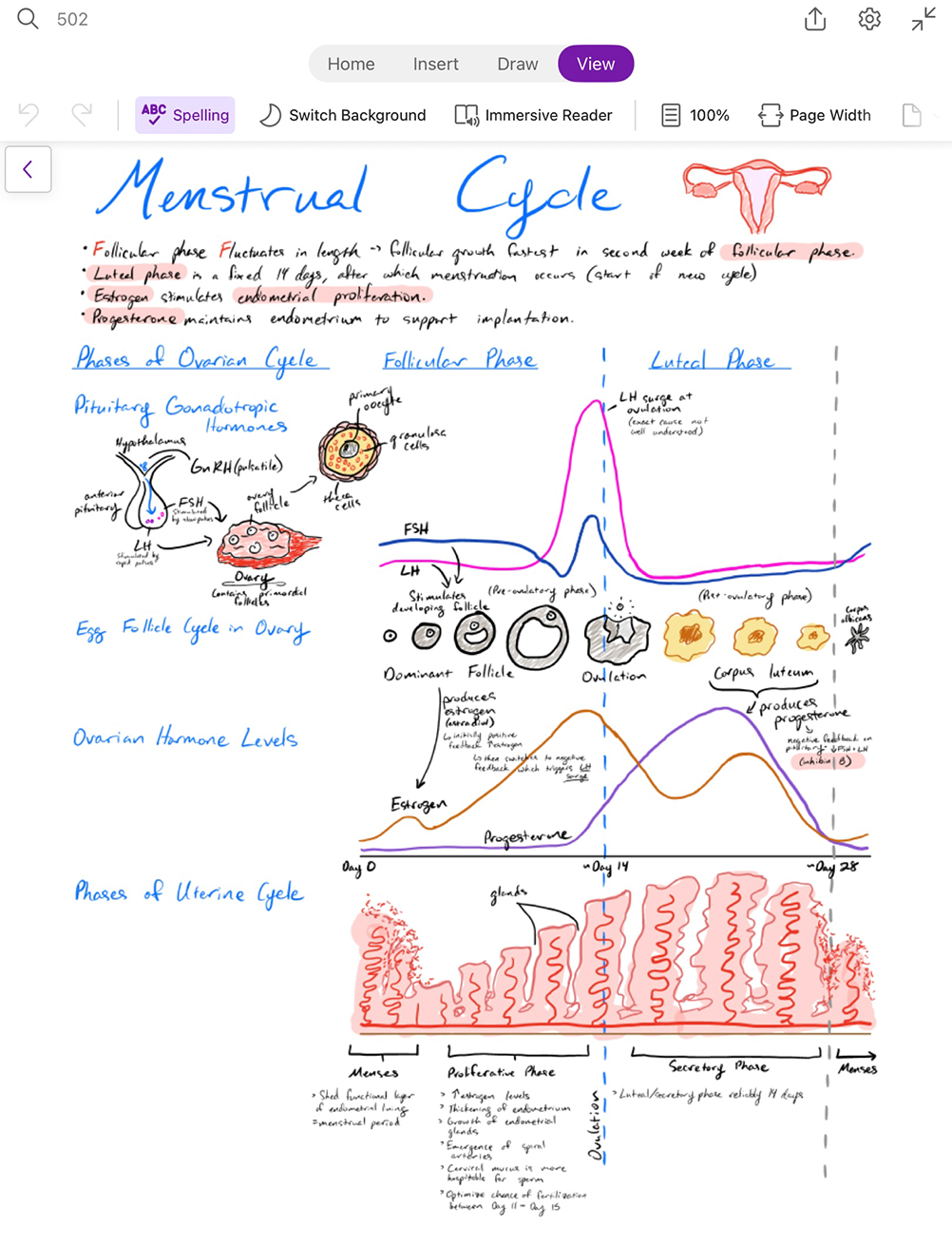
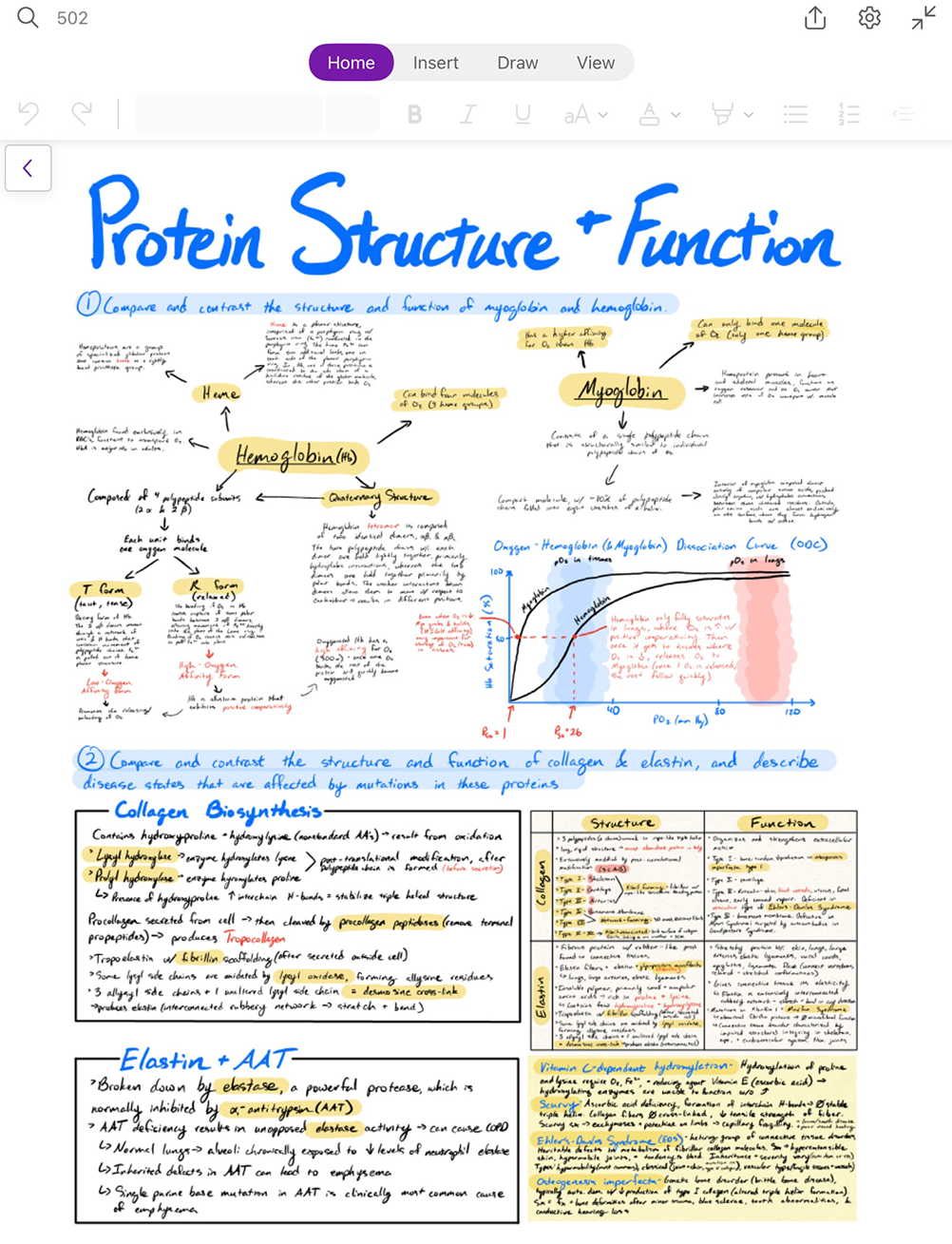
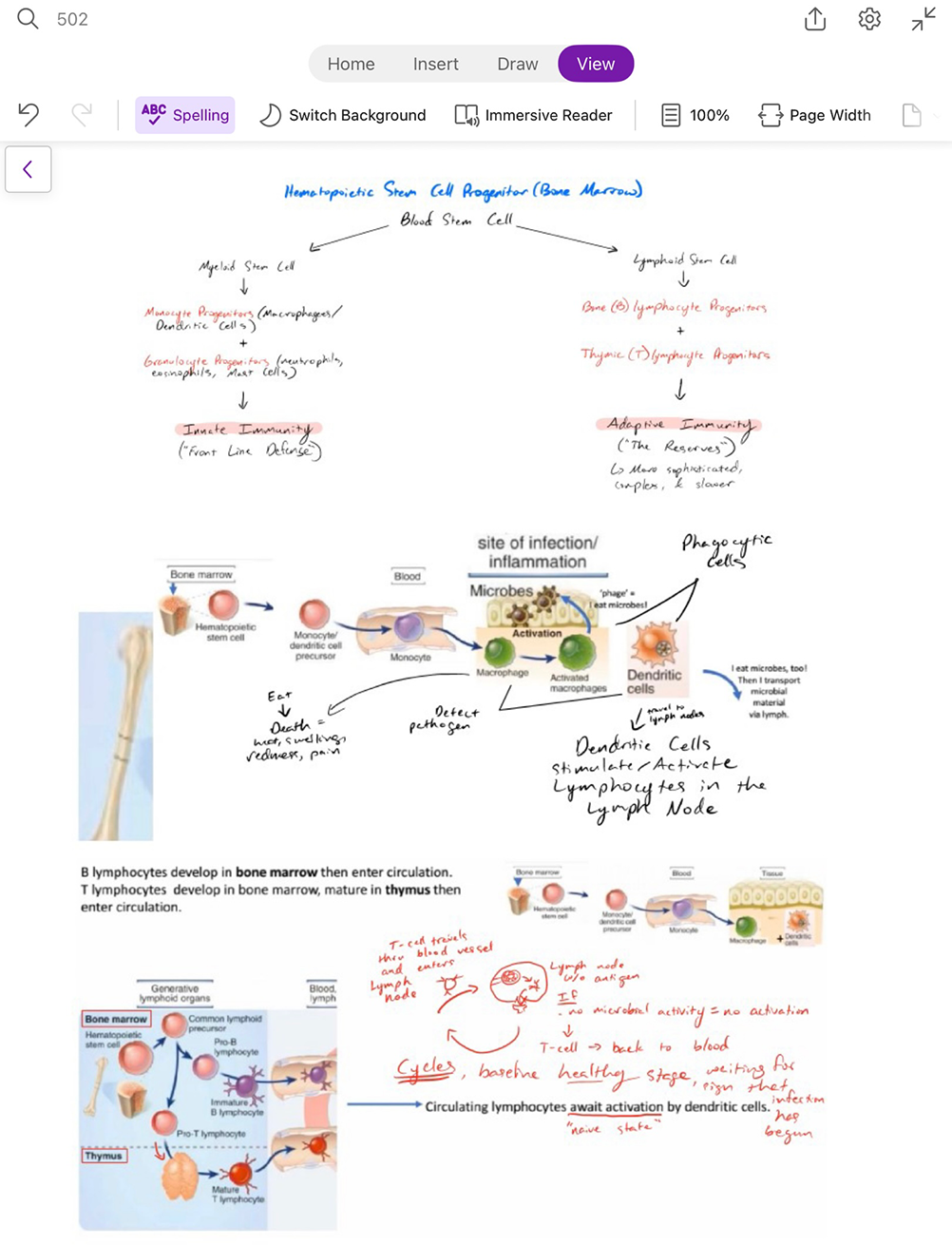
Other formats of digital note-taking
One last thought
Remember that no matter what you do, be sure it is helpful to you. Don’t force yourself to imitate someone else’s note-taking style just because it works for them or looks nice. If you find that something doesn’t help you or is more frustrating than useful, try another way until you get that perfect fit.
Want to read more from MedTech about digital note-taking?
Digital Note-taking
Digital note-taking allows your notes to be accessible on any device at any time, and provides a truly interactive experience when notetaking, especially when using an Apple Pencil.
Live Text
Live Text is a helpful feature that allows you to analyze an image for text (even handwriting!) and make that text selectable or clickable. You
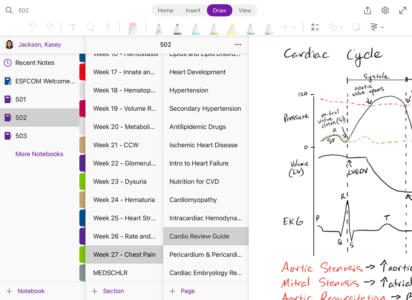
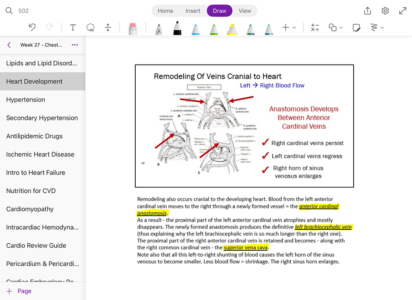
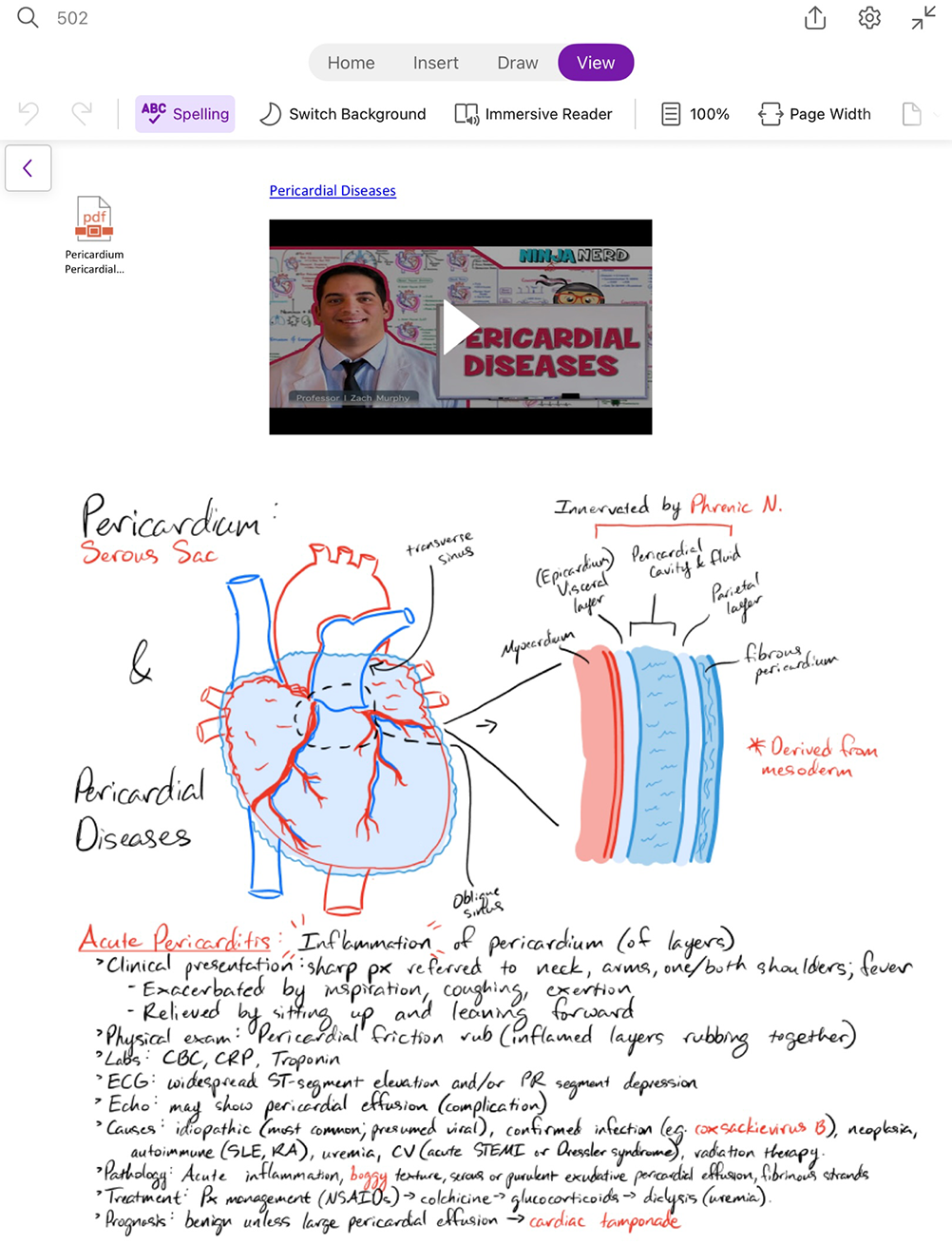

 by the Office of Technology
by the Office of Technology